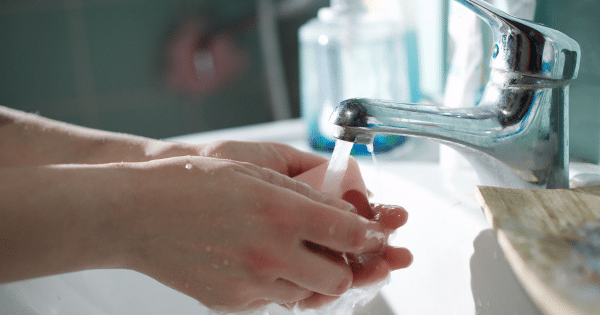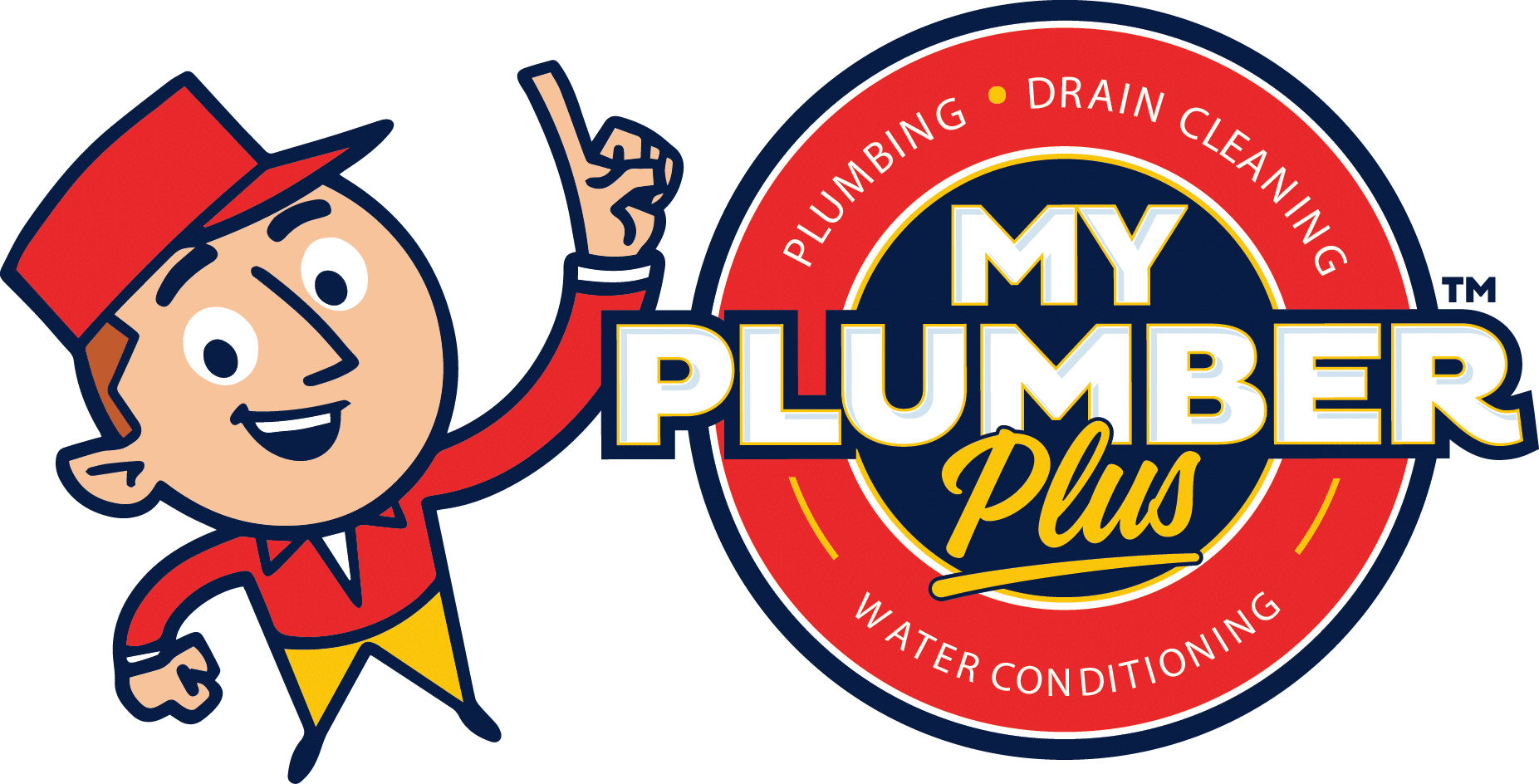Regular maintenance of your plumbing is essential to address recurring problems such as clogs and leaks. It’s good to know the tell-tale signs when an issue crops up. In this article, we’ll look at some of the factors that may be causing drain line backups and ways to solve them.
Plumbing Line Deterioration
The most common materials for sewer waste lines are cast-iron, PVC, and ABS. PVC (Polyvinyl Chloride) is popular because it is affordable and is not vulnerable to corrosion. But it is unsuitable in applications where it is subject to direct sunlight or hot water.
For residential applications, plumbers prefer to use high-quality sleeved copper pipes. Other reliable piping materials for supplying water include galvanized steel and chromed brass.
The drain line may fail to channel the water away due to corrosion, leaks, or the buildup of sediments. As a result, parts of your lawn could have pools of water that may damage the plumbing and your property.
Sewer Backups in Crawlspaces
If there is a clog on the sewer line, the flow through the underground piping stops. As a result, the wastewater starts to flow back into the toilet. In advanced cases, the line deteriorates and may find its way into crawlspaces or the basement.
Gutters and Downspouts
Downspouts channel water away from the foundation and prevent flooding around the building. You can connect them to a storm drain, but diverting them to a sewer drain could prove to be problematic. During heavy rains, it will overwhelm the sewer and cause backups. The downspouts should channel the water to a proper storm drain that can handle large amounts of water.
Foundation Cracks
If you spot cracks on the foundation, it is usually a sign that the ground beneath the building is shifting. Flooding could be from water accumulation in the drains, corrosion, or leaks in your pipework.
You may have to replace aging piping with a high-quality sleeved copper pipe. But first, your plumber must find the root cause of the problem. That way, they can propose lasting solutions that will prevent the issue from recurring in the future.
The Sewer Line Repair Process
Professional plumbers use cutting-edge equipment for leak detection and plumbing repair tasks. Trenchless sewer line methods involve carrying out plumbing work without excavation. A camera detects the location of the leak before the repair process begins.
Hydro jetting is another cost-effective technique for clearing clogs and keeping your piping in immaculate condition. If your pipework is past its due date, a plumber may propose a replacement. Depending on the application, they may recommend options such as high-quality sleeved copper pipe or cast-iron.
According to a report by Plumbing Manufacturers International, 13.7% of water consumption is through leaks. You can reduce the risk of leakages and corrosion on your plumbing through maintenance. It is crucial to replace aging, lead, and brass piping with PVC or high-quality sleeved copper pipes. A certified plumber can help you secure your plumbing for many seasons to come.

